20+ Years Experience
Specialist Alcohol Help

Are you looking for tips on how to cut down on alcohol and improve your overall health? Cutting down on alcohol consumption is vital for maintaining good health, and we’ve got you covered with a comprehensive plan to help you succeed.
This blog post will provide you with practical steps and top tips to help you understand your alcohol intake, reduce consumption, modify or stop drinking your habits, build a support system, and monitor your progress. Let’s embark on this journey together towards a healthier, alcohol-reduced lifestyle.
The first step in cutting down on alcohol is understanding how much alcohol you’re drinking.
According to official health guidelines, it is advised not to drink or exceed 14 units of alcohol in a week, equivalent to six pints of average-strength lager beer or six medium glasses of wine.
But how can you accurately measure your alcohol intake? Two crucial tools will help how much you drink and keep track of your consumption: measuring alcohol units and keeping a drinking diary.
An alcohol unit is a measure of the amount of pure alcohol contained within a beverage, including soft drinks that contain alcohol.
To calculate the number of units in a drink, multiply one unit of the strength of alcohol by the volume of a large glass in litres. Alternatively, you can use the Alcohol Change unit calculator to determine the number of units of alcohol being consumed per large glass.
Remember, it’s not just about counting units; you can also explore lower- or non-alcoholic alternatives, such as alcohol-free drinks.
Measuring your alcoholic drinks with a unit measuring cup can help how much you drink and accurately measure your intake at home.
A drinking diary is a tool used to track your daily alcohol intake. By recording the quantity and variety of drinks consumed daily, including alcohol-free days, you gain a clearer understanding of your drinking habits. It’s recommended to have a minimum of two drink-free days per week before you start drinking again.
Tracking apps can help you monitor your progress, set achievable objectives, and reward yourself with non-alcoholic drink rewards. By understanding your alcohol intake, you’ll be better equipped to make changes and improve your overall well-being.
Now that you have a better understanding of your alcohol intake, it’s time to take action and reduce your consumption.
Gradually decreasing the amount of alcohol consumed over several weeks, including replacing alcoholic beverages with soft drinks, is recommended, rather than stopping drinking suddenly.
Switching your glass to a smaller glass can help to reduce overall alcohol consumption. If you also drink your glass slowly and alternate with water, it can eventually lead you to stop drinking altogether.
Reducing alcohol consumption can result in savings, better interpersonal relationships, improved sleep, mood, and vitality, and may also decrease the likelihood and risk of developing serious illnesses such as cancer, liver disease, and heart disease.
Choosing smaller drink sizes is a simple yet effective way to control your alcohol intake. A standard drink size is generally considered to be 10 grams of pure alcohol, but this can differ according to the type of beverage.
By selecting lower-strength drinks, drinking each drink slowly beforehand, and alternating alcoholic drinks with non-alcoholic drinks, you can opt for smaller drink sizes and minimise the likelihood of developing alcohol-related health issues.
The key is to be mindful of your choices and pick drinks that will help you stay within your limits. This means being aware of the strength of the drinks much you drink and are consuming, as well as how many calories and the amount of alcohol you are drinking.
Alternating with non-alcoholic drinks is a practice of reducing alcohol consumption by substituting alcoholic drinks with non-alcoholic alternatives, also known as alternate alcoholic drinks.
This can not only help you lose weight if you cut down on alcohol, but also promote a healthier lifestyle. Non-alcoholic beverages, including soft drink options, are tea, sparkling water, alcohol-free beer and wine. Fruit cocktails and beer and wine mocktails are also available.
You can explore online searches, books, and magazines that specialise in non-alcoholic drinks for researching recipes for non-alcoholic cocktails. Give these alternatives a try and see how they can make a positive impact on your alcohol consumption.
Incorporating several drink-free days into your week is another effective way to cut down on alcohol. By committing to days without alcohol, you give your body a break and allow it to recover.
Drink-free days can lead to enhanced sleep, decreased stress, enhanced skin condition benefits, and weight regulation benefits.
There are various applications available that can help you track drink-free days and monitor alcohol consumption. By adhering to the recommended guidelines of 14 units or fewer per week, you’ll be well on your way to a healthier lifestyle.
Changing your drinking habits is crucial in successfully cutting down on drinking alcohol. This can be achieved by altering your social activities, managing alcohol at home, and learning how to deal with cravings effectively.
By recognising the cues associated with drinking and addressing them, you can create new habits that will support your journey in reducing alcohol consumption.
Engaging in social activities that don’t revolve around drinking alcohol at home, can help you reduce your intake. By introducing alternative activities that discourage alcohol consumption, such as joining an exercise class or picking up a new hobby, you can create a healthier lifestyle and meet new people with similar interests.
Stepping out of your comfort zone and exploring new activities can be an exciting and rewarding experience.
Limiting the availability of alcohol at home can reduce temptation and help you stick to your goal of cutting down on alcohol.
By being mindful of your drinking habits at home and rewarding yourself with an alcohol-free activity you enjoy instead, you tap into the power of human psychology to make a positive change.
Also, pre-determine the amount of alcohol you intend to consume each week and adhere to it. This can help you maintain control over your alcohol intake and make healthier decisions.
Cravings for alcohol can be challenging to manage, but by recognising the triggers that induce cravings, such as stress, boredom, or social situations, you can develop strategies to cope with them.
These strategies may include distracting yourself with an activity, such as taking a walk or calling a friend, or using relaxation techniques like deep breathing or mindfulness.
By learning to manage alcohol, withdrawal symptoms and cravings effectively, you can stay on track with your goals and continue to reduce your alcohol consumption.
Having a support system is essential when trying to cut down on alcohol. Your support system can consist of friends, family members, or even professionals who can offer encouragement, motivation, and accountability throughout your journey.
Together, you can tackle the challenges of saying no to peer pressure, teaming up with others, and seeking professional help if needed.
Having a strong support system can make all the difference in achieving your goals. They can provide the information.
Resisting peer pressure is crucial in making independent decisions regarding alcohol consumption.
By being assertive and resolute in your decision, having a pre-prepared response to peer pressure, and avoiding situations where peer pressure is likely to arise, you can maintain control over your alcohol intake and protect your health.
Partnering with a friend or family member who also wants to cut down on alcohol can provide mutual support and encouragement.
By setting shared objectives, maintaining consistent communication, and celebrating accomplishments together, you can strengthen your support system and achieve your goals.
Remember, you don’t have to do this alone; there is strength in numbers.
If you find that you are unable to reduce your alcohol consumption independently or are experiencing physical or mental health issues related to your drinking, it may be necessary to seek professional help. Consult with a medical professional or healthcare provider, or search online for local support groups or treatment centres.
Professional assistance, such as individual counselling, group therapy, or inpatient or outpatient treatment programs, can provide the aid and guidance you need to reduce your alcohol intake and make healthier lifestyle decisions.
Keeping track of your progress and staying motivated are key components in successfully cutting down on alcohol.
By using tracking apps, setting realistic goals, and rewarding yourself with non-alcoholic treats, you can stay on track and continue to make progress towards a healthier lifestyle.
Tracking apps, such as MyDrinkaware, can provide assistance in tracking alcohol consumption, calculating units and calories, setting reminders for drink-free days, and recognising achievements as progress is made towards goals.
By consistently monitoring your progress, you can stay motivated and make adjustments to your plan if needed.
These apps can help you stay on course and achieve your goals of reducing alcohol consumption.
When setting goals for cutting down on alcohol, it’s essential to be realistic and set attainable objectives. Begin with minor goals and gradually increase them as progress is made.
Implementing tips for cutting down on alcohol consumption can be a helpful strategy in achieving these goals.
It’s also crucial to monitor your progress and celebrate your successes. By setting realistic goals and working towards them, you can stay motivated and achieve long-term success in reducing your alcohol intake.
As you reach your goals, it’s important to reward yourself with non-alcoholic treats to keep motivation high and reinforce positive behaviour. These rewards can range from a night out with friends, a movie night, a spa day, or a new outfit.
By treating yourself to non-alcoholic rewards, you can stay motivated and continue to make progress towards a healthier, alcohol-reduced lifestyle.
To start cutting back on alcohol, set a limit on just how much alcohol you’re going to drink.
You should only take a fixed amount of wine or money, have several drink-free days each week, alternate alcoholic and non-alcoholic drinks, don’t stock up on alcohol, use smaller glasses, and don’t buy rounds of drinks.
These are simple but effective steps to start and tips for cutting and cutting back on alcohol too.
Reducing your alcohol consumption can start showing benefits in just a few days.
It can also bring further improvements if done for just one week or a few weeks a month.
Accurately measuring alcohol units can be done by multiplying the strength of alcohol by the volume in litres.
Alternatively, you can measure alcohol units by using an online Alcohol Change unit calculator.
Distract yourself with an activity or utilise relaxation techniques such as deep breathing or mindfulness to manage alcohol cravings.
Enjoy a variety of non-alcoholic drink options like tea, sparkling water, alcohol-free beers, spirits and wines, fruit cordials, and mocktails.
In conclusion, cutting down on alcohol is a journey that requires understanding your intake, reducing consumption, modifying drinking habits, building a support system, and monitoring progress.
By following the practical steps and tips outlined in this blog post, you can take control of your alcohol consumption and improve your overall health. Here’s to a healthier, alcohol-reduced future!
There are a range of other services that we can provide. Have a look at the list below for more information:






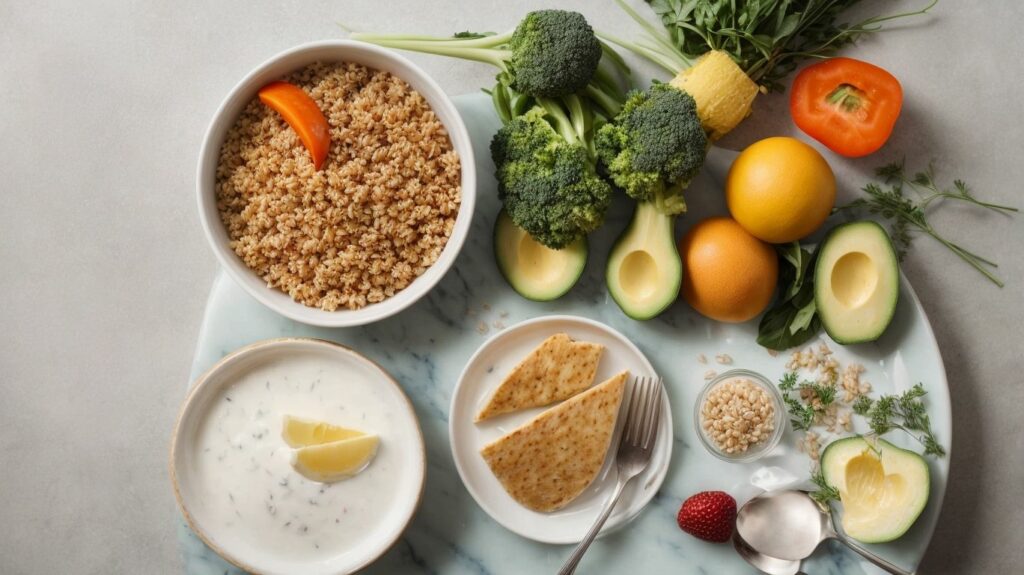







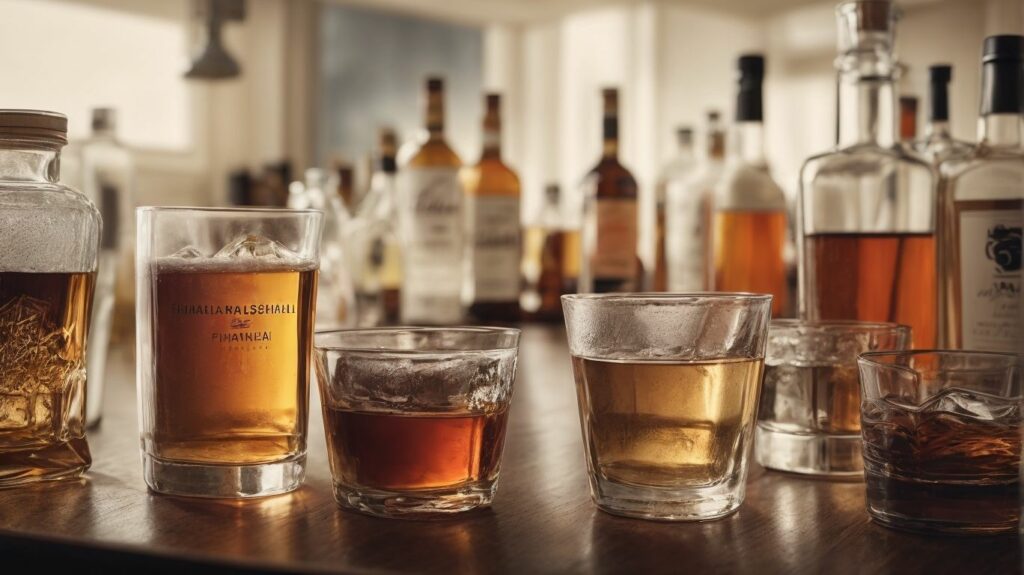











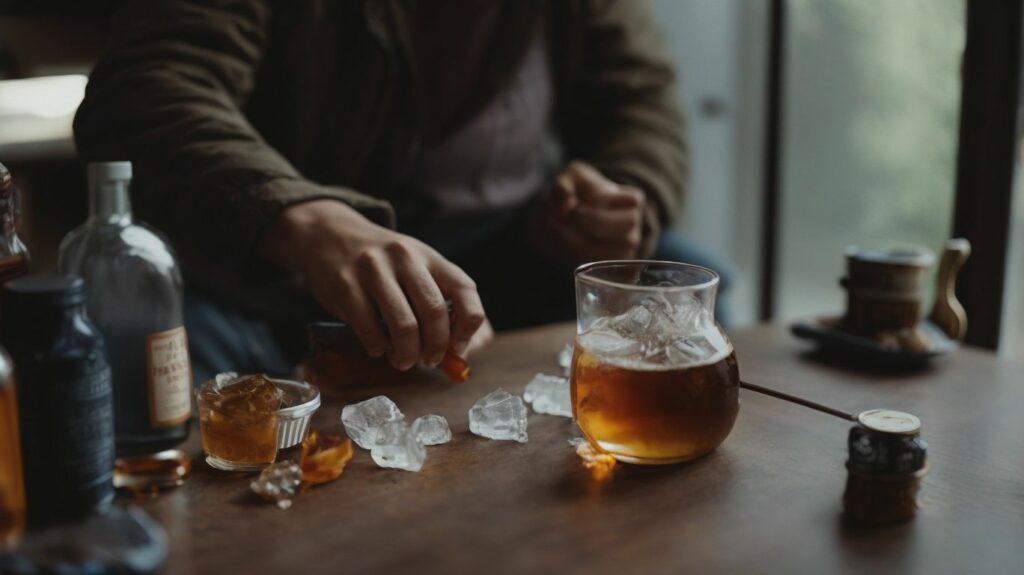


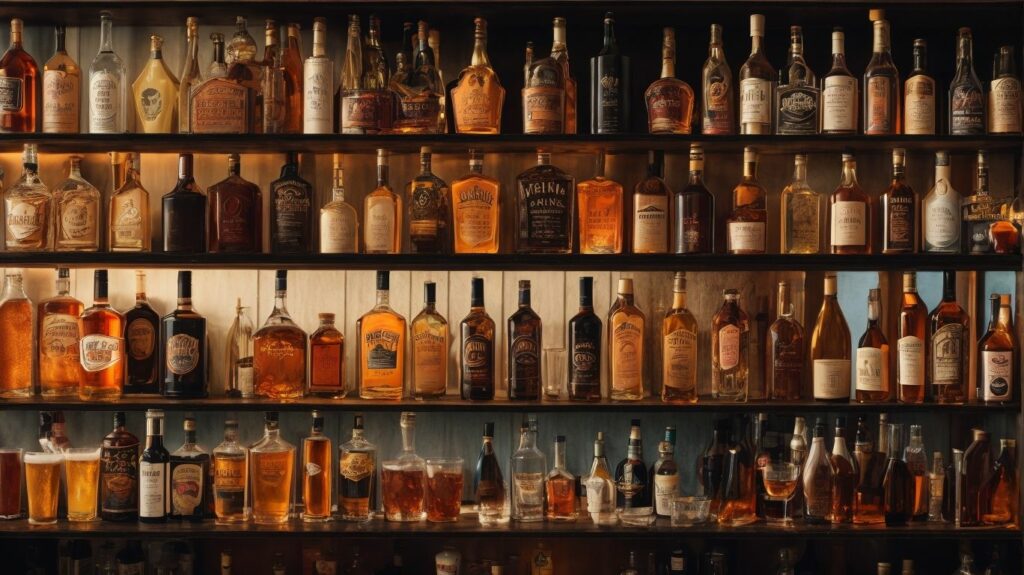




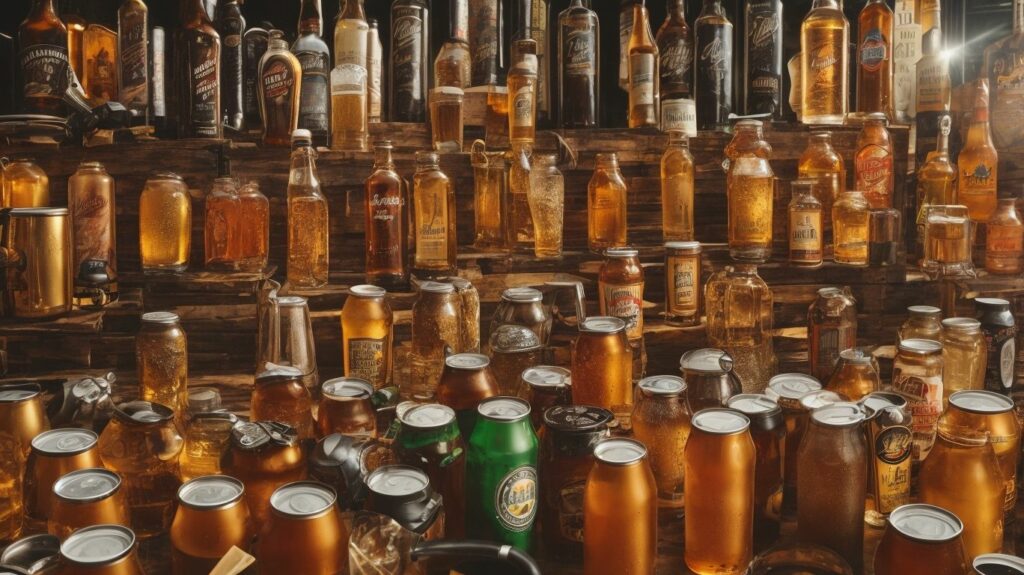


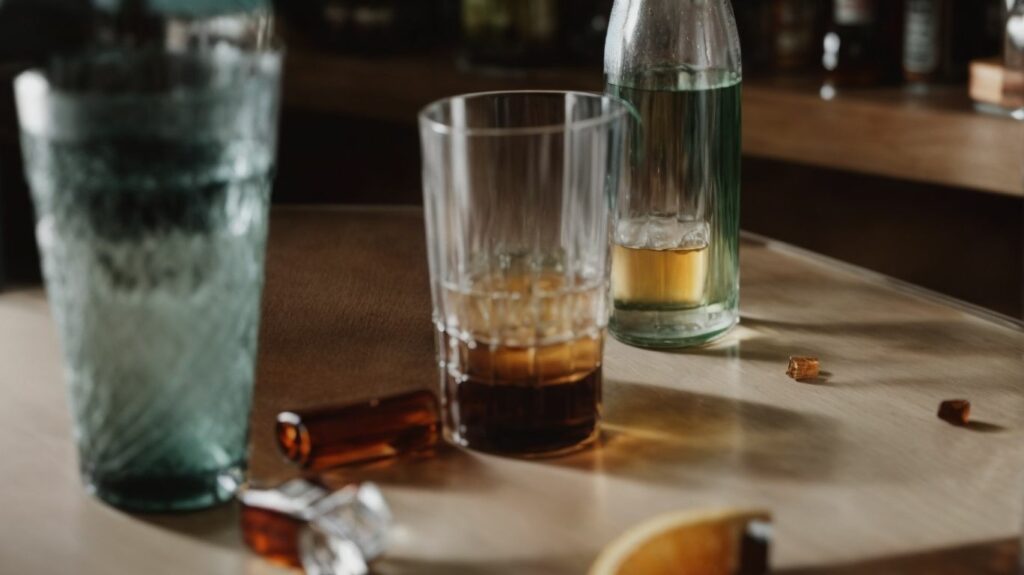

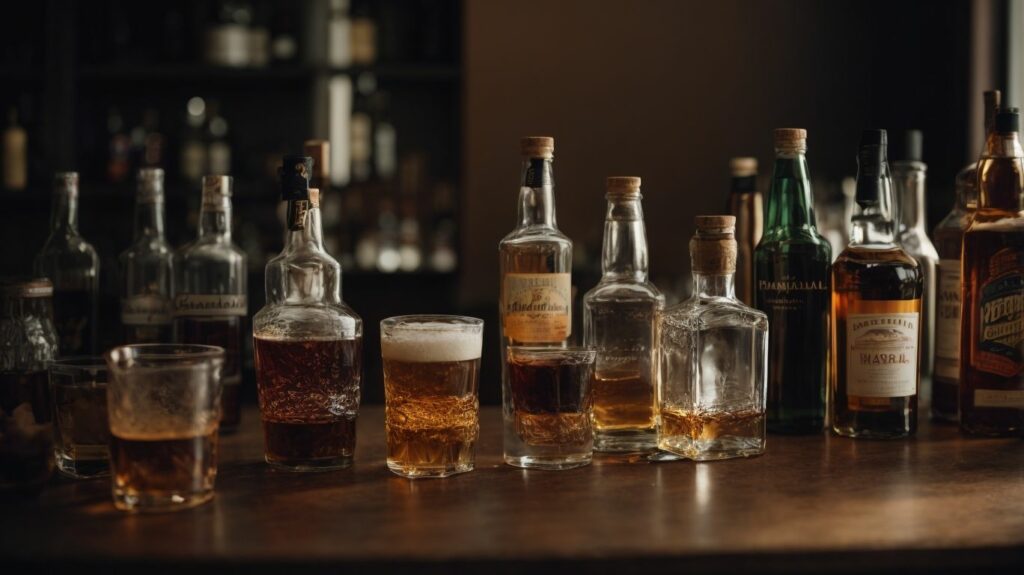

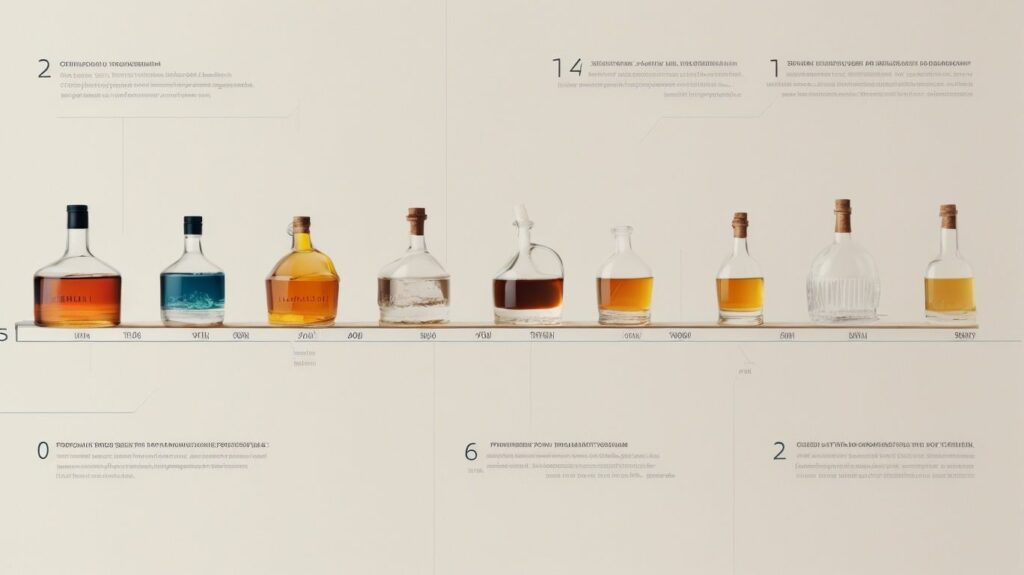
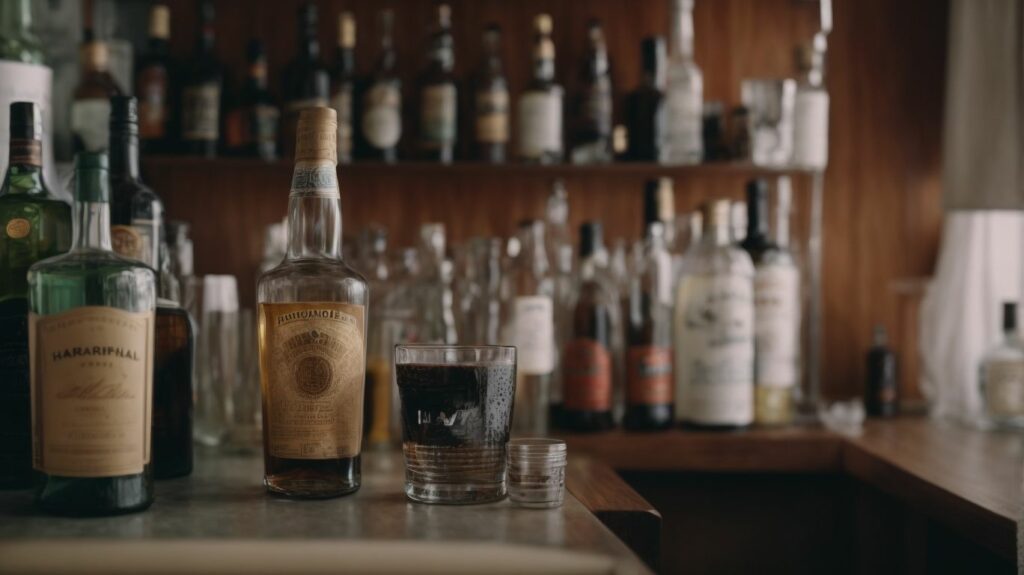
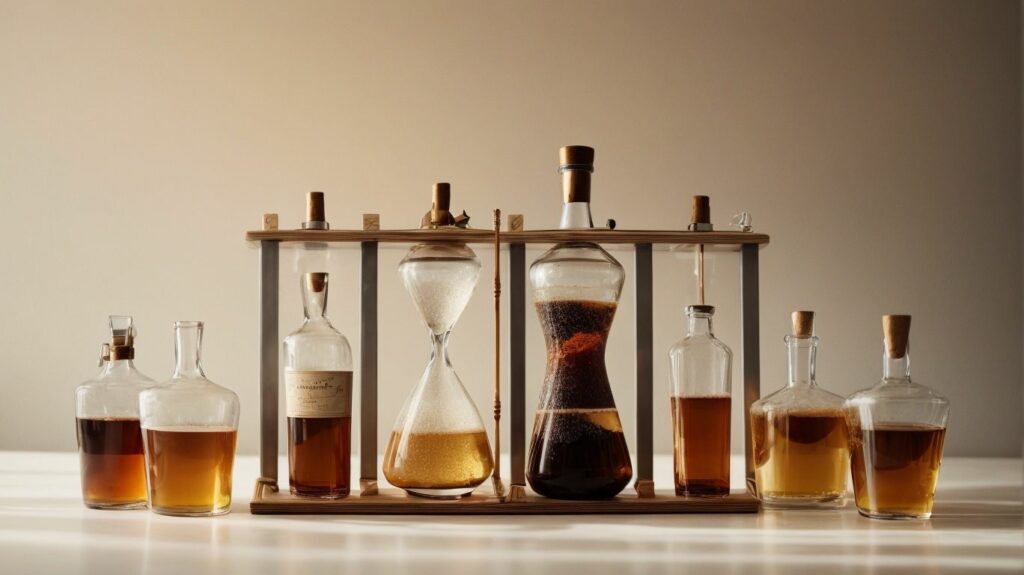



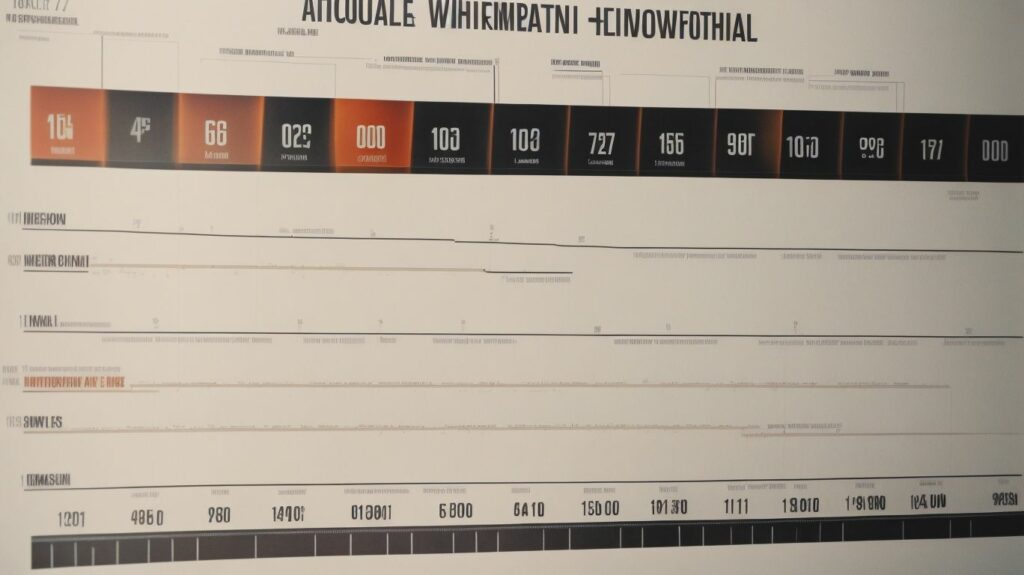





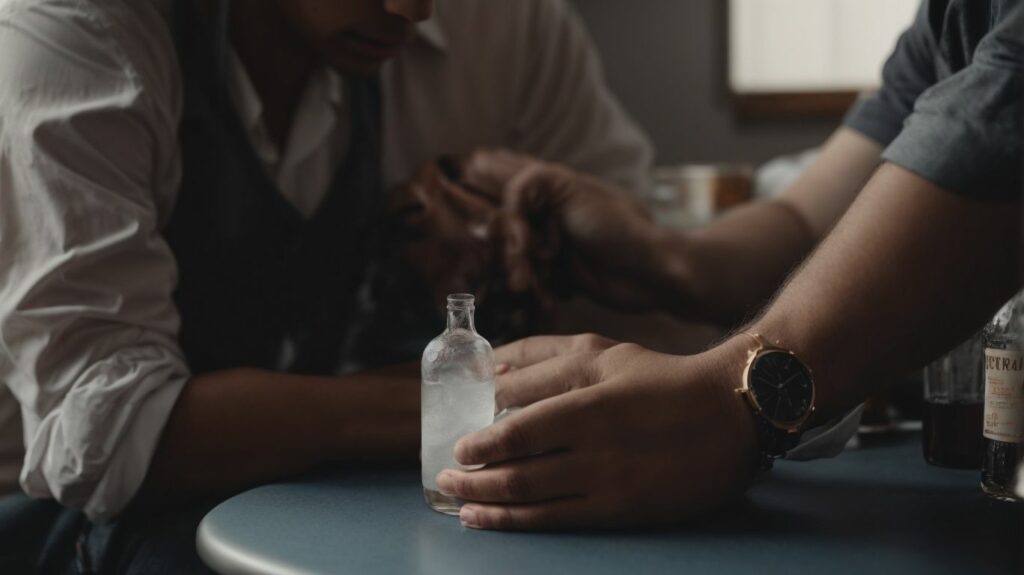










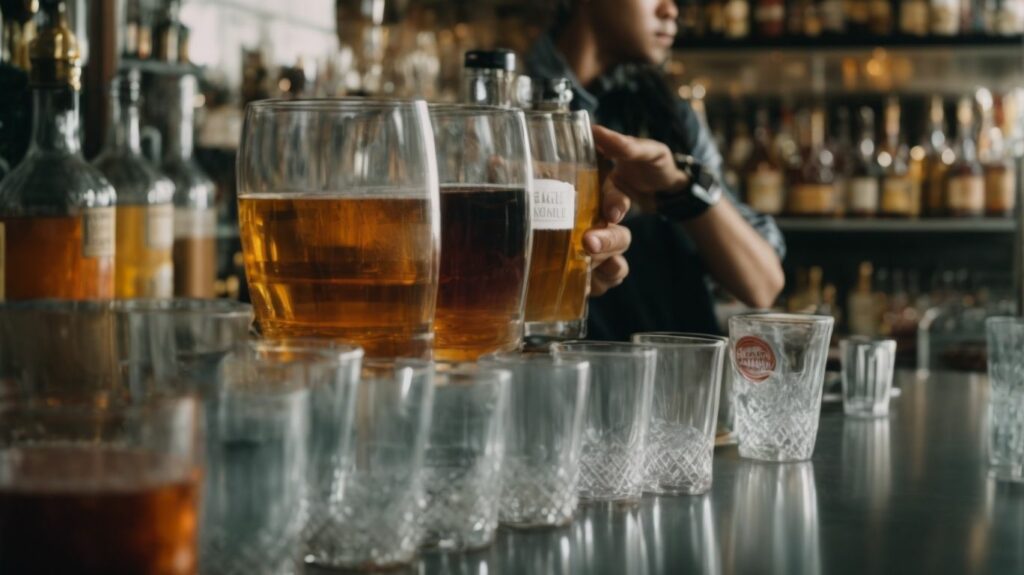
































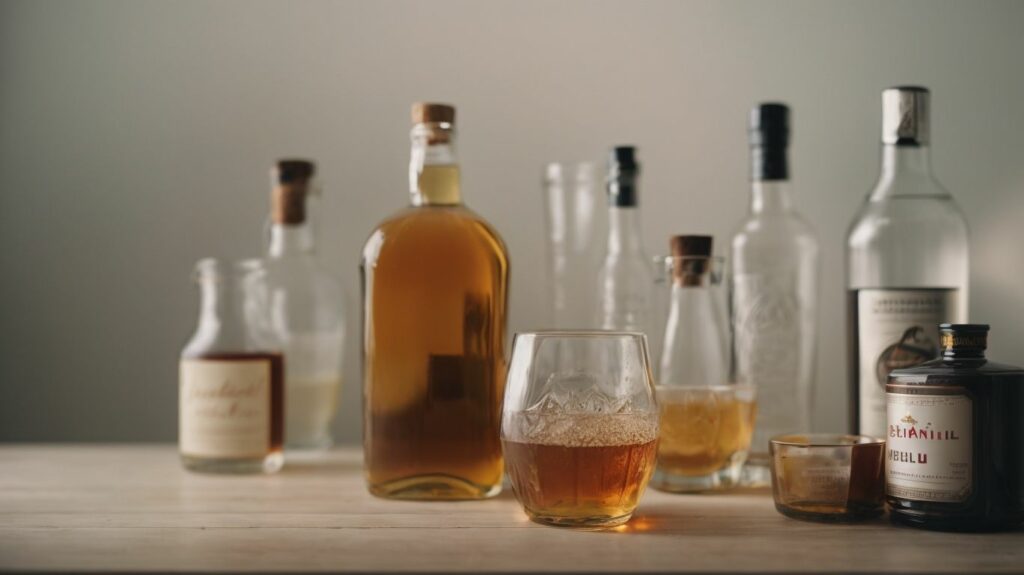








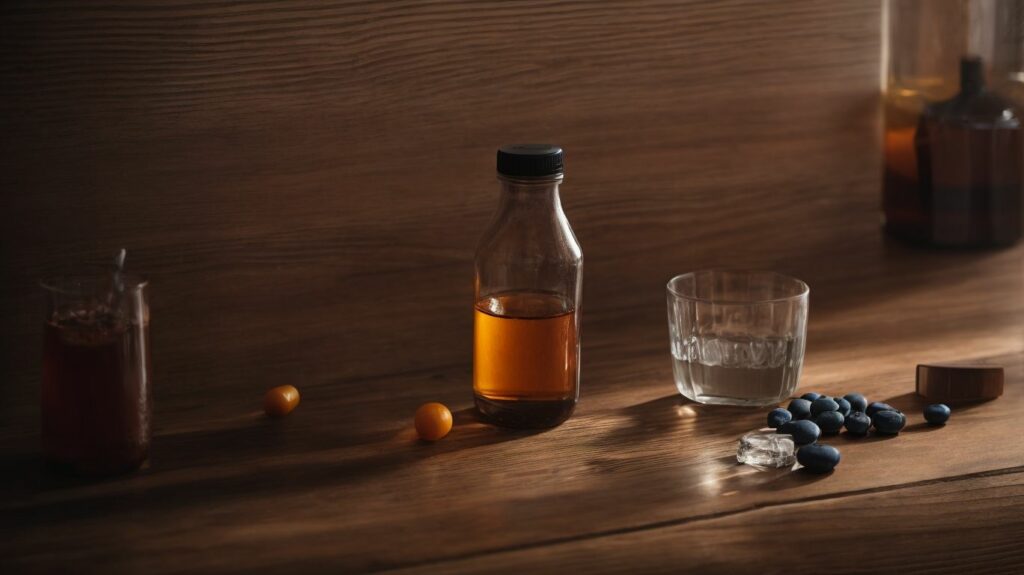


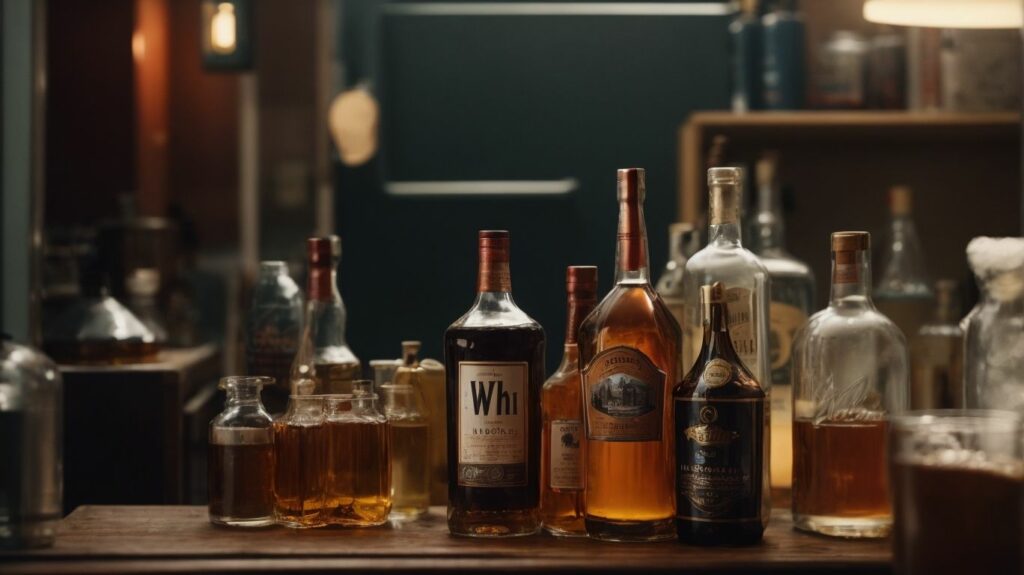










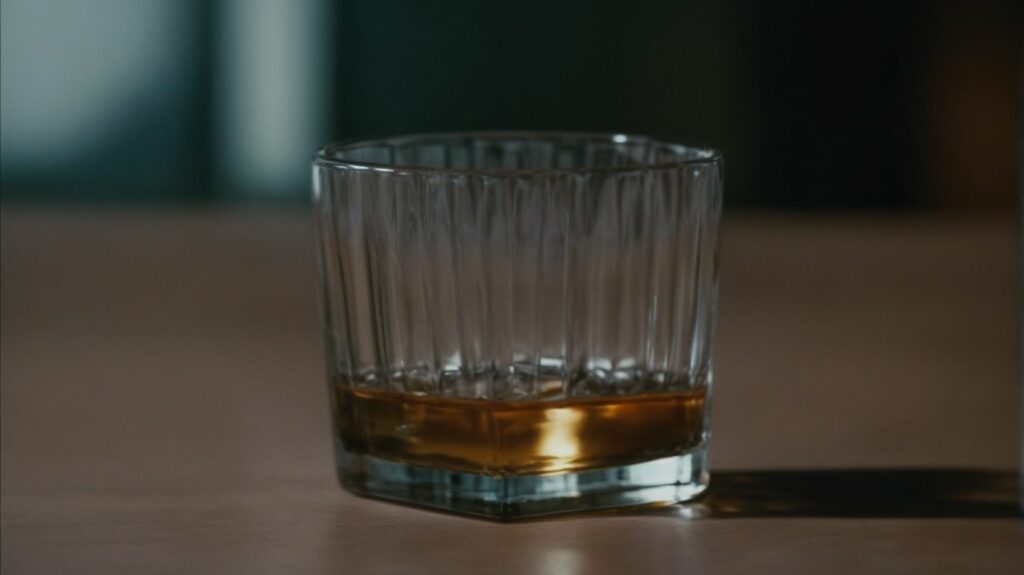















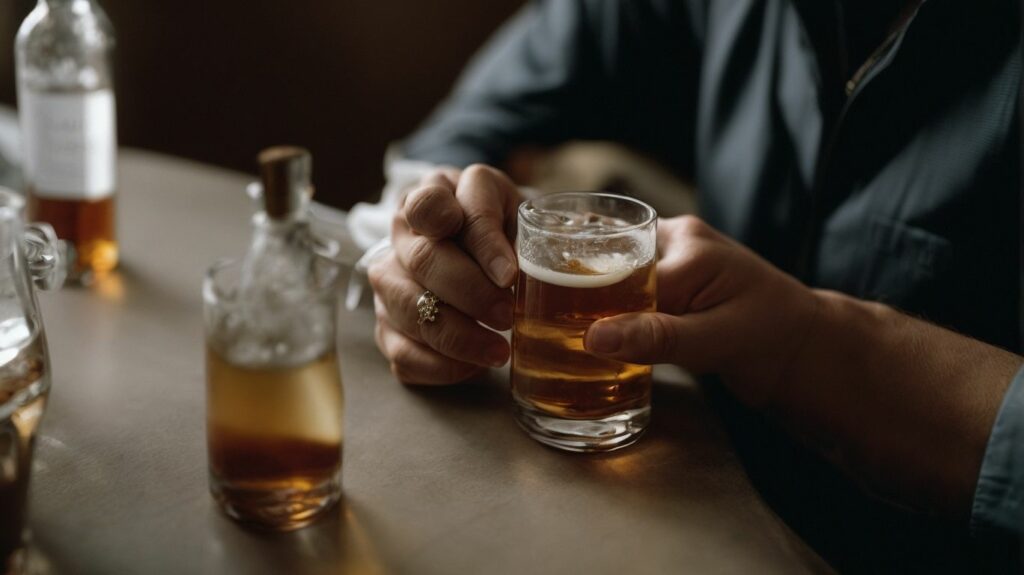


We Aim To Reply To All Enquiries With-in 24-Hours